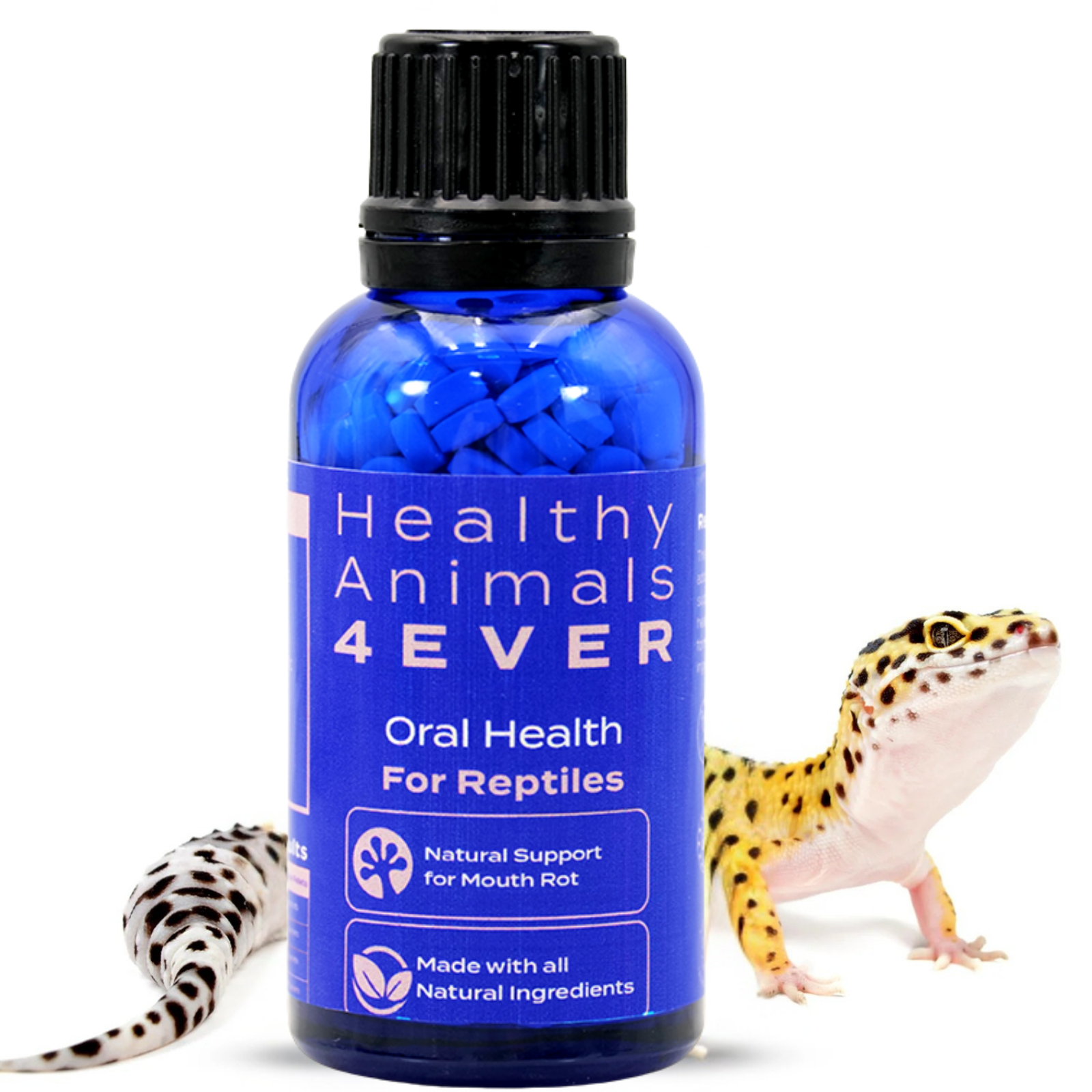Kidney Failure In Cats: Know The Causes And Symptoms Of The Disease
Like us, the kidneys are essential for the proper functioning of the cat’s urinary system. Considered multifunctional organs, they help control substances such as sodium, potassium, and magnesium, hormonal control, acid-base balance, blood pressure control, blood filtration, and urine production. But what about when they stop working correctly, like with kidney failure in cats?
Kidney Failure In Cats: What It Is And Why It Occurs
It's not just cats that can be affected by this disease. However, due to a combination of factors, cats are pretty susceptible to the problem. Kidney failure is characterized by the loss of functional units of the kidneys, known as nephrons.
Leading Groups And Risk Factors
Acute kidney failure in cats can develop in cats of any age group. However, according to the IRIS (International Society of Renal Interest), the following factors can contribute to the onset of the disease:
Predisposed Breeds: Although there is still no conclusive evidence, some studies suggest that Persian, Abyssinian, Siamese, Ragdoll, Burmese, Maine Coon, and Russian Blue cats would be genetically more predisposed to the problem.
Advanced age: kidney failure in cats can affect pets of any age, especially with a genetic origin. However, due in part to other conditions that strain the kidneys, it is more common in older cats.
Use of medications: the incorrect use and without veterinary monitoring of some medications can also cause the loss of the ability of nephrons to function.
Inflammatory diseases: Prolonged bacterial inflammatory diseases, peritonitis, leptospirosis, FIV (feline aids), FELV (feline leukemia), and pancreatitis are some of the illnesses associated with feline renal failure.

Symptoms Of Kidney Failure In Cats
Before talking about the symptoms of kidney failure in cats, it is important to understand that it is a progressive disease. Therefore, the signs also progress, so knowing how to recognize the first signs of the problem is essential to ensure a better quality of life for the kitten and a better response to treatment.
Cat renal failure is classified into 4 stages, with the first clinical signs usually appearing between the 2nd and 3rd stages.
- Selective appetite
- Increase in water intake
- Increase in urinary volume
- Urine lighter than normal

As the disease progresses and the functional units of the kidneys are increasingly compromised, the symptoms also become more severe, as you can see below:
Anorexia
Anemia
Hypertension
Dehydration
Progressive weight loss
Gastrointestinal changes (vomiting and diarrhea)
Loss of acid-base control in the body
So, if you notice any change in your furry friend's behavior or habits, don't hesitate to take him to the vet immediately!
Diagnosis And Treatment
Just the presence of the symptoms mentioned above is not enough to get a diagnosis of kidney failure. In addition to performing a clinical examination and analyzing the patient's history, laboratory and imaging tests are also required.
Today, SDMA (symmetrical dimethylarginine) is used as a tool for an earlier diagnosis of creatinine; the exam can identify cases with a loss of 25% of renal function.
Acute renal failure in cats, on the other hand, is individualized and varies from case to case, depending on the symptoms and stage of the disease. There is no cure for renal failure, you can only control its progression. For this reason changes in diet (often with a change from the common food to the renal version), the controlled use of medication, and fluid therapy can be used to improve the quality of life for your cat.
Don’t forget prevention is always better than cure! Therefore, try to combine dry food with wet, which has more water in its composition. Fountain-type drinking fountains also help to stimulate the cats' water consumption.
Oh, and never forget to take your pet to the vet for a check-up at least once a year or every six months for cats over 5 years old! This way, you ensure that any changes are identified immediately.










